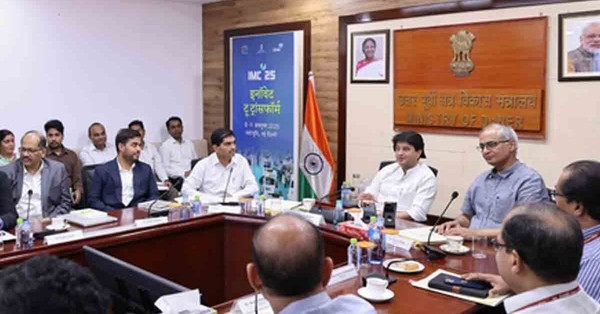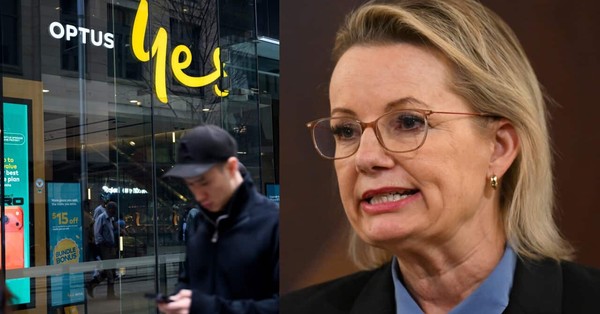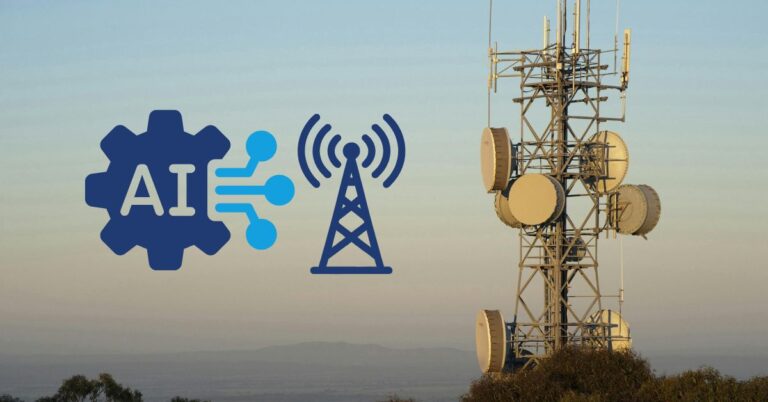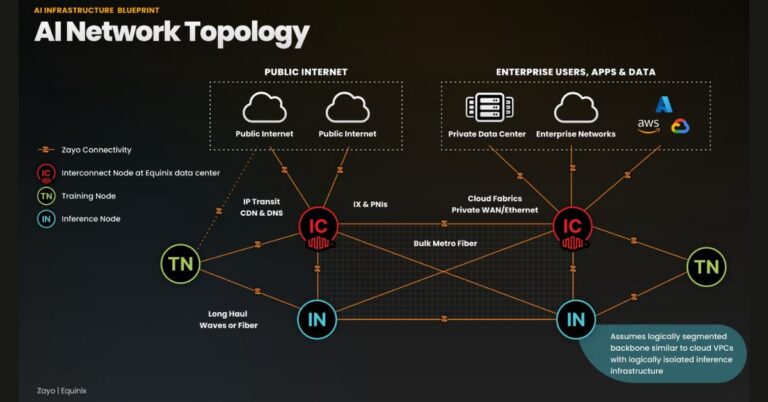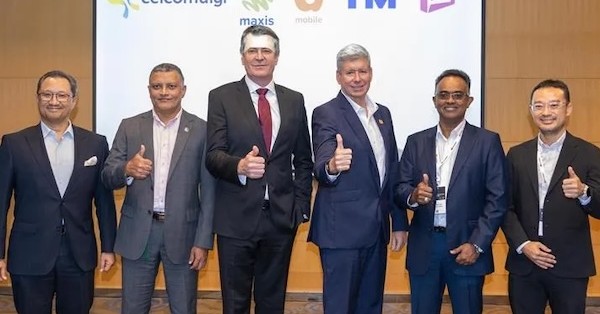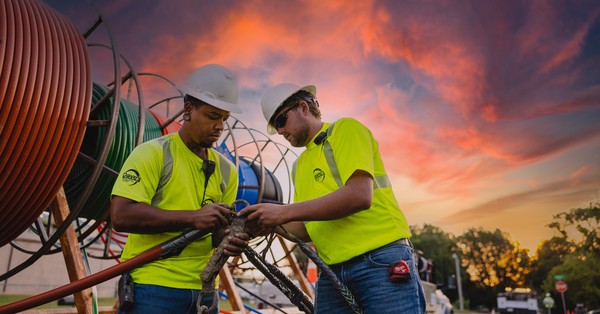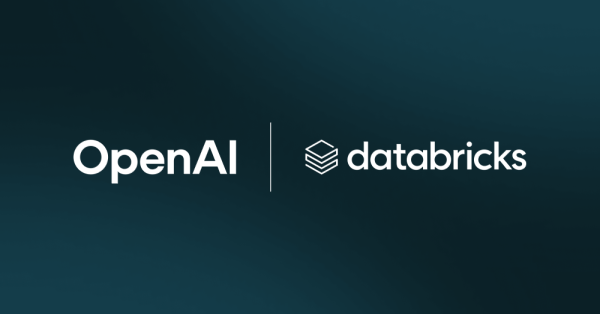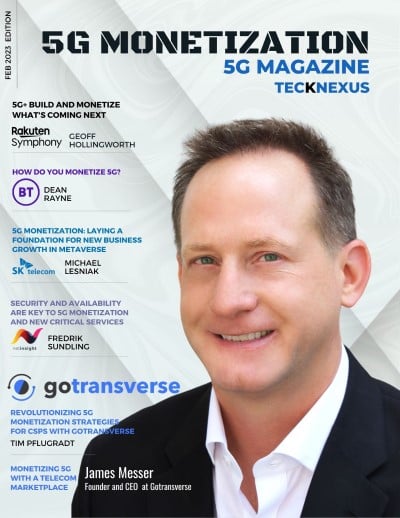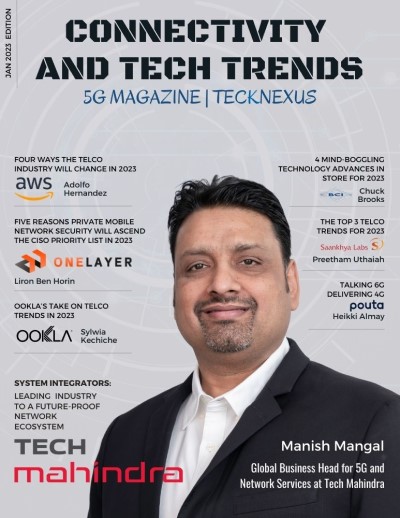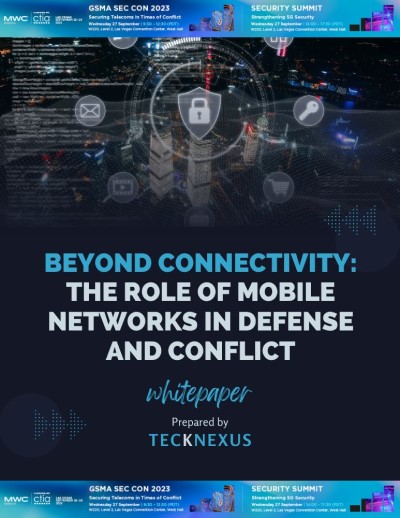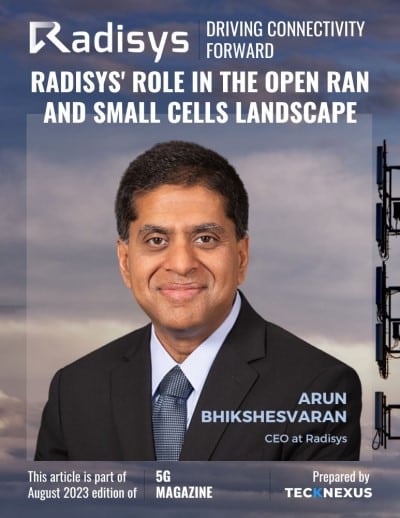- Tech News & Insight
- September 30, 2025
- Hema Kadia
The Bethpage Black Ryder Cup turned a 1,500‑acre golf course into a pop-up smart city, giving HPE a high-stakes stage to showcase end-to-end AI, networking, and edge operations at scale. Golf is a network planner’s stress test: fans are constantly moving, crowd density swings hole-to-hole, and the venue is built from scratch for a few intense days. More than 250,000 spectators demanded seamless connectivity, broadcast-grade reliability, and instant digital services. This environment forced an enterprise-grade blueprint - fast deployment, elastic capacity, airtight security, and automated operations, mirroring the requirements of modern campuses, arenas, and industrial sites.





